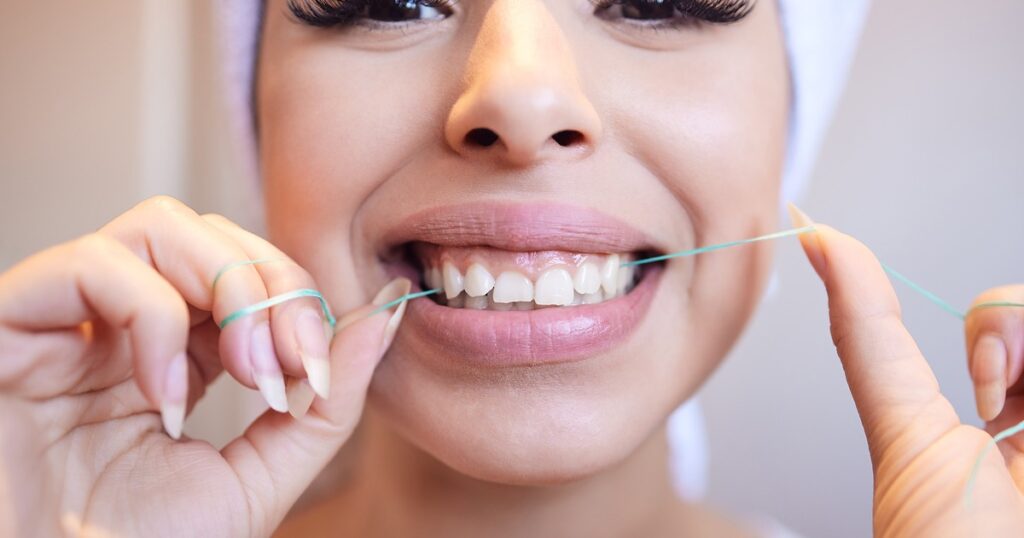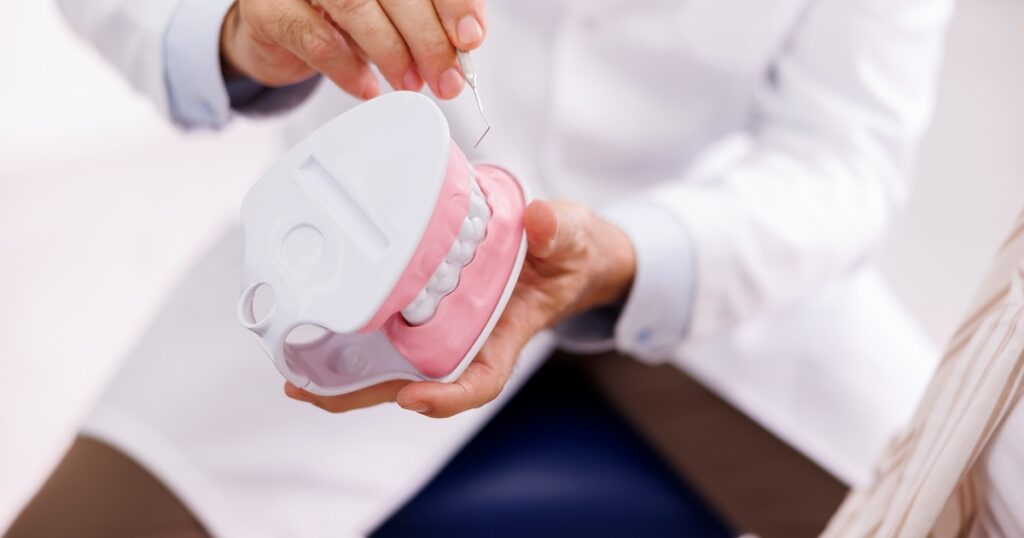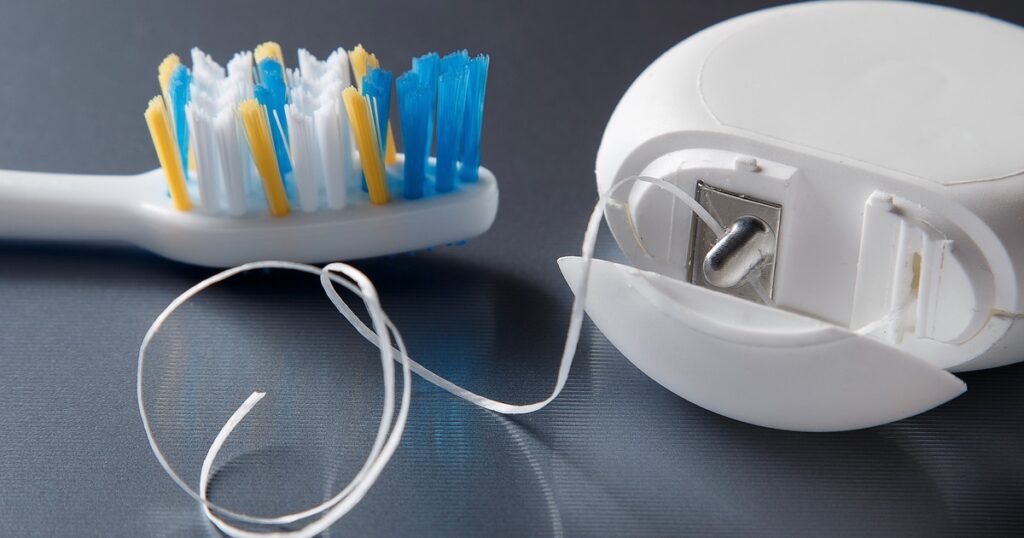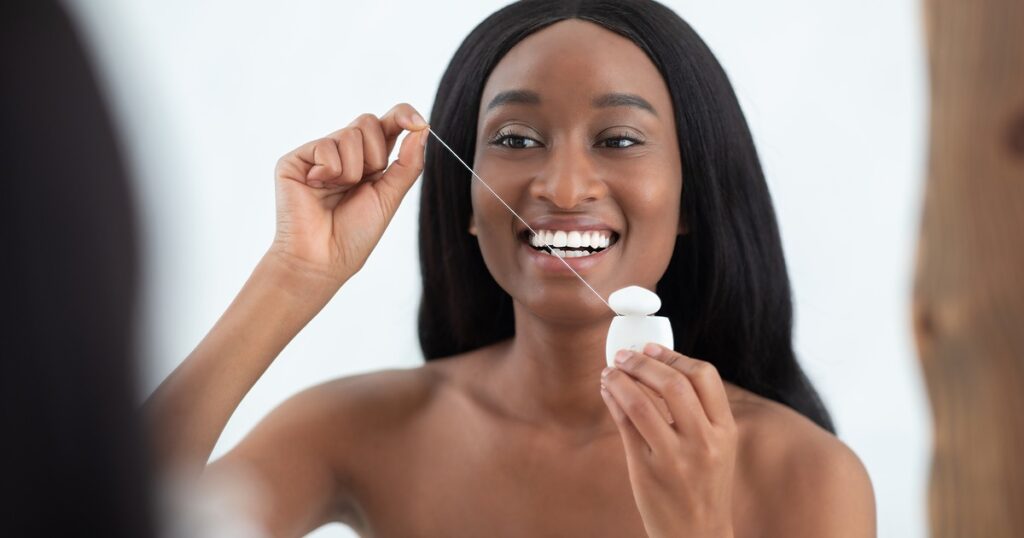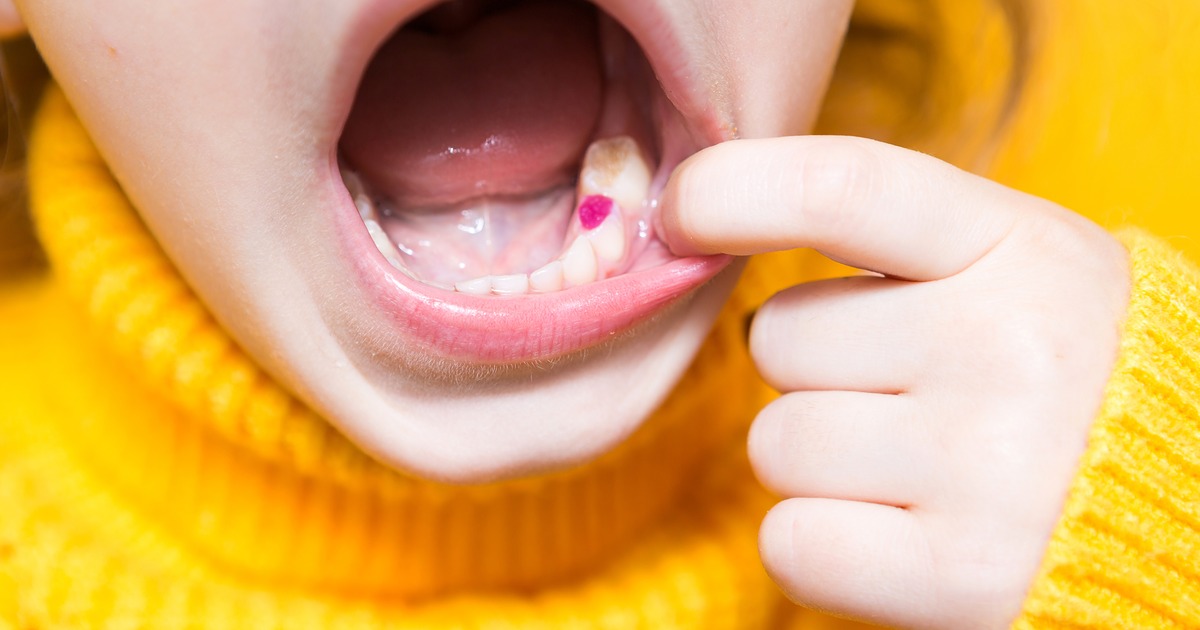Childhood Tooth Decay: Causes, Symptoms & Prevention for Kids
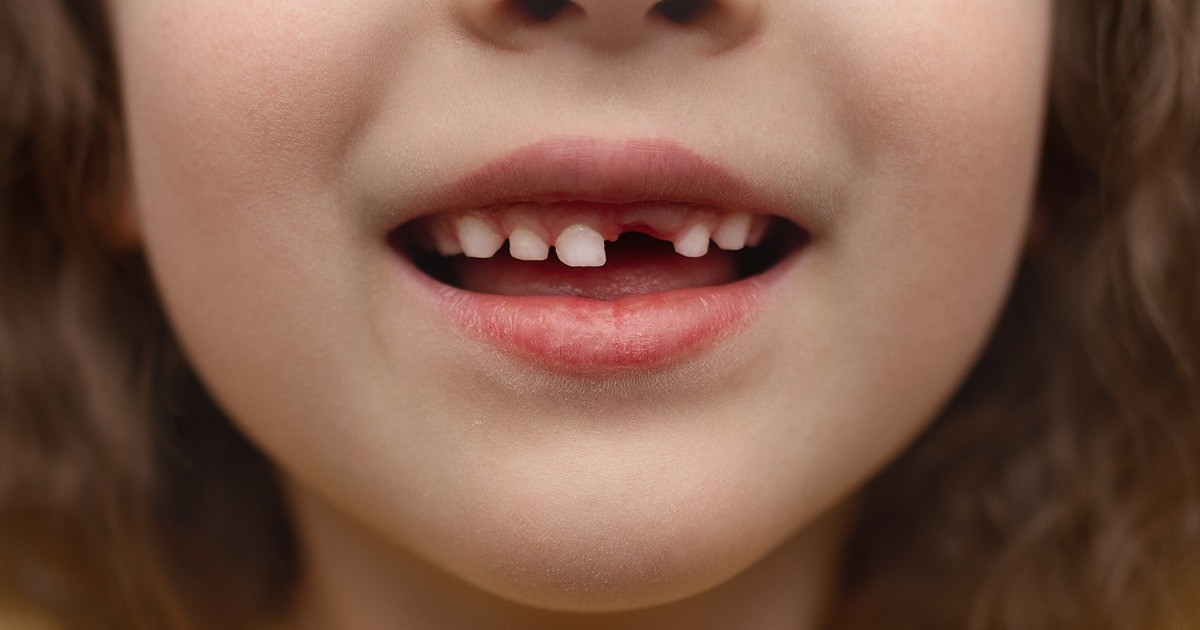
Childhood tooth decay (also known as early childhood caries) is one of the most common chronic conditions in children. In fact, research shows that tooth decay affects more kids than asthma or hay fever. Despite being preventable, cavities in kids often go untreated, leading to pain, infections, and even problems with eating and speaking.
As parents, understanding the causes, symptoms, and prevention of tooth decay in kids is the first step to protecting their bright little smiles. Tooth decay prevention is easier when parents know about normal growth. Learn more in the Complete Teeth Age Chart and the Kids’ Teeth & Molar Eruption Guide.
✅ What Is Childhood Tooth Decay?
Childhood tooth decay happens when bacteria in the mouth feed on sugars from food and drinks, producing acids that attack tooth enamel. Over time, this leads to cavities (holes in the teeth).
Even though baby teeth eventually fall out, they are very important for your child’s speech, chewing, nutrition, and guiding adult teeth into the right position.
⚠️ Causes of Tooth Decay in Kids
-
Sugary foods and drinks
Candy, soda, juice, and even constant snacking cause sugar to linger on teeth. -
Poor oral hygiene
Not brushing or flossing regularly allows plaque to build up. -
Prolonged bottle-feeding or bedtime bottles
Milk, formula, or juice at night sits on teeth for hours, increasing risk of decay (bottle tooth decay). -
Genetics and weak enamel
Some kids naturally have softer enamel that decays faster. -
Lack of fluoride
Fluoride strengthens enamel, and without enough, cavities develop more easily.
🩺 Symptoms of Tooth Decay in Children
Early signs of cavities in kids can be subtle. Look out for:
-
White spots on teeth (early enamel breakdown)
-
Brown or black spots
-
Tooth sensitivity to hot, cold, or sweet foods
-
Bad breath that doesn’t go away
-
Pain while chewing
-
Swelling or redness around gums
If you notice these symptoms, schedule a pediatric dentist visit right away.
🧑⚕️ Why Childhood Tooth Decay Matters
Some parents think baby teeth don’t matter because they’ll “fall out anyway.” This is a big myth. Untreated cavities in baby teeth can cause:
-
Pain and infections
-
Difficulty eating, chewing, and speaking
-
Missed school days due to dental pain
-
Crooked or crowded permanent teeth if baby teeth fall out too early
🪥 Prevention: How to Protect Kids from Tooth Decay
1. Start Oral Care Early
-
Begin cleaning your baby’s gums with a soft cloth before teeth appear.
-
Once the first tooth erupts, use a soft-bristled toothbrush with a tiny smear of fluoride toothpaste.
2. Encourage Healthy Habits
-
Brush twice daily (morning and night).
-
Supervise brushing until at least age 7–8.
-
Teach kids to floss once teeth start touching.
3. Limit Sugary Foods and Drinks
-
Reduce candy, juice, and sticky snacks.
-
Encourage water instead of sugary drinks.
-
Avoid bedtime bottles with milk or juice.
4. Regular Dental Visits
-
Take your child to the dentist by age 1.
-
Schedule checkups every 6 months for cleanings and fluoride treatments.
5. Consider Sealants
Dentists can apply sealants to molars (back teeth) to protect them from cavities.
💡 Extra Tips for Parents
-
Give kids water after snacks to wash away sugar.
-
Offer crunchy fruits and veggies (like apples and carrots) that naturally clean teeth.
-
Be a role model — let kids see you brush and floss daily.
🧠 FAQs on Childhood Tooth Decay
Q: At what age does tooth decay usually start in kids?
A: It can begin as soon as the first tooth erupts (around 6 months).
Q: Can cavities in baby teeth affect permanent teeth?
A: Yes. Infections in baby teeth can damage developing adult teeth.
Q: What’s the best toothpaste for kids?
A: Fluoride toothpaste is recommended. For kids under 3, use a smear the size of a grain of rice; for ages 3+, a pea-sized amount.
📝 Final Takeaway
👉 Childhood tooth decay is preventable. With good oral hygiene, healthy eating, and regular dentist visits, your child can enjoy a cavity-free smile.
Baby teeth matter — protect them today for a healthier tomorrow.



